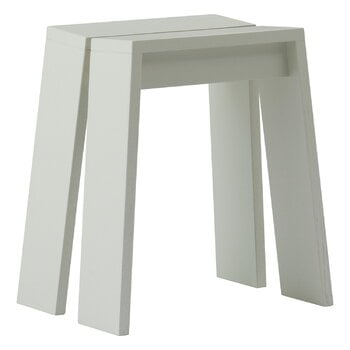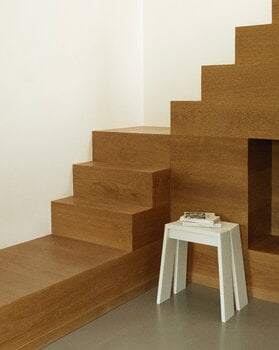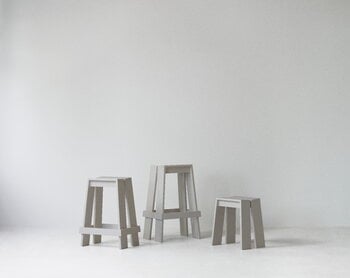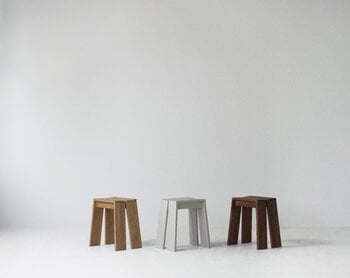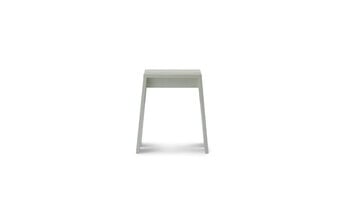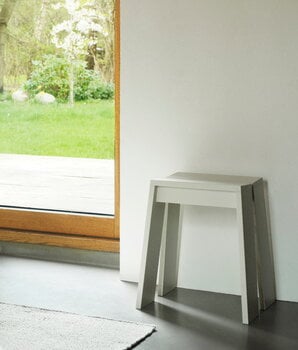The Let stool by Normann Copenhagen charms with its simple appearance, which still carries a hint of something special. Designed by Aspekt Office, the stool cleverly consists of two parallel wooden planks that are slightly tilted. This shape not only strengthens the Let stool's stability but also gives the seat a natural curve, making it comfortable to sit on.
By the way, the stool's name "Let" comes from the Danish word meaning “easy” and “light”. We think that the name perfectly captures the essence of this compact wooden stool – simple, effortless and elegantly functional.
